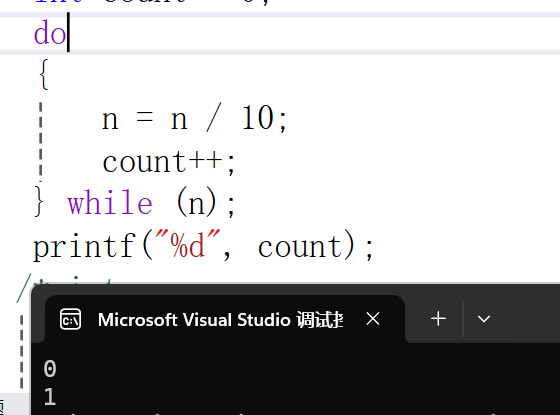1、定义自己的loss
driving\models\losses\shuai_loss.py
import torch
from torch import nn
from mmseg.models import LOSSES
@LOSSES.register_module()
class ShuaiLoss(nn.Module):
def __init__(self,loss_weight=1.0):
super().__init__()
self.ce_loss = nn.CrossEntropyLoss()
self.loss_weight = loss_weight
def forward(self,input,target,device_id='cpu',sample_ratio=1.0):
loss = {}
if len(target)==0:
loss["cls_cost"] = torch.tensor(0.0,dtype=torch.float32,device=device_id)
else:
loss["cls_cost"] = self.ce_loss(input,target)
loss["total_road_cls_loss"] = loss["cls_cost"] * self.loss_weight * sample_ratio # + other losses, if have
return loss
看下LOSSES注册表(@LOSSES.register_module())

- 可以看到ShuaiLoss可以被注册到
LOSSES中 - 其实,这里的LOSSES是
BACKBONES NECKS HEADS LOSSES SEGMENTORS的总和
2、调用Shuai_loss
if __name__ == "__main__":
print("call shuai_loss:")
from mmseg.models import build_loss
# 1.配置 dict
loss = dict(type='ShuaiLoss',
loss_weight=1.0,
loss_name='loss_shuai')
# 从注册器中构建
shuai_loss = build_loss(loss)
# 使用shuai loss
pred = torch.Tensor([[0, 2, 3, 0], [0,2,3,0]]) # [2,4]
target = torch.Tensor([[1, 1, 1, 0], [1,1,1,1]]) # [2,4]
loss = shuai_loss(pred, target)
print("loss:",loss)



















